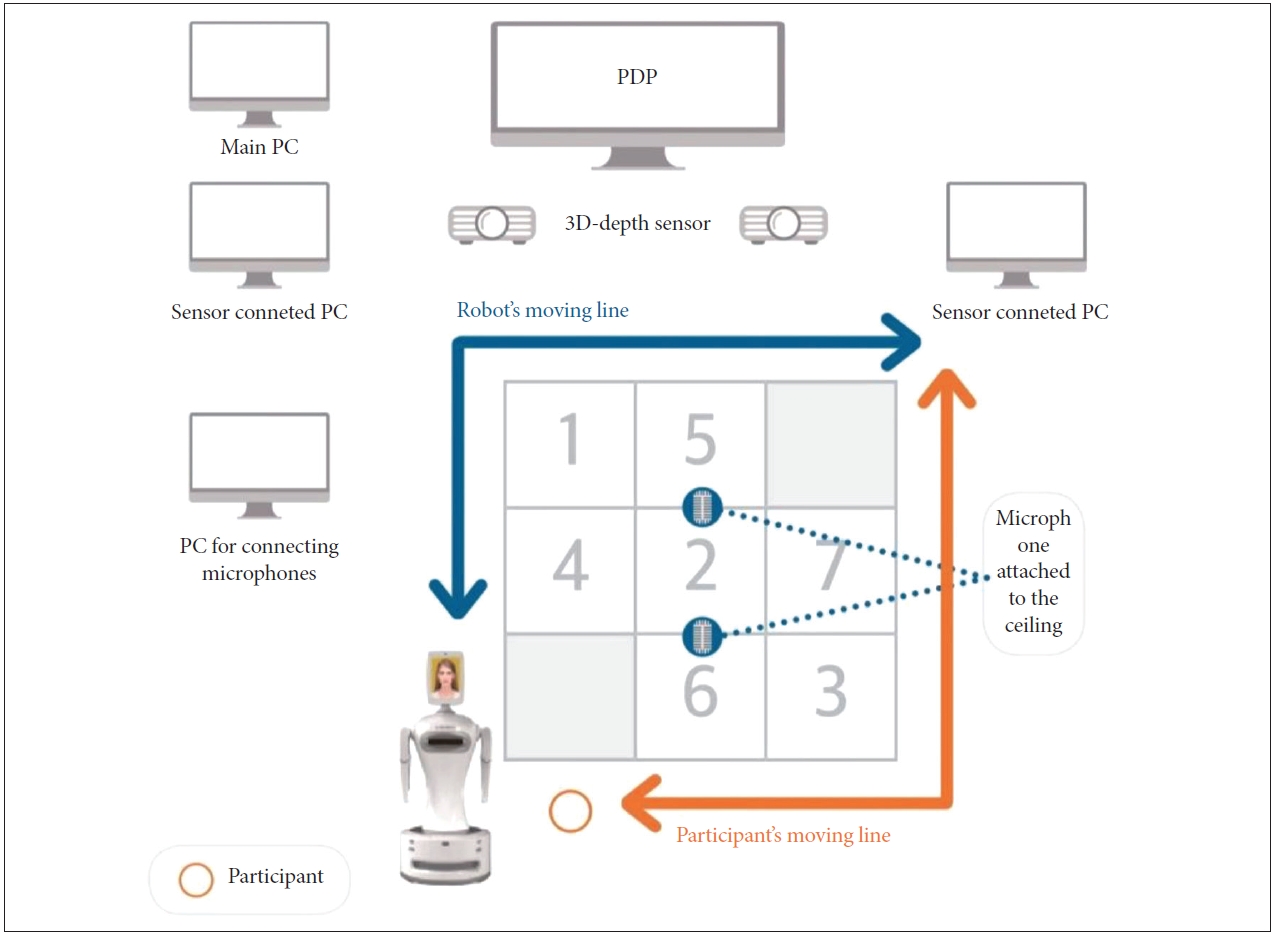 |
 |
- Search
| Psychiatry Investig > Volume 18(7); 2021 > Article |
|
Abstract
Objective
Methods
Results
Supplementary Materials
Supplementary┬ĀTable┬Ā1.
ACKNOWLEDGEMENTS
The authors have no potential conflicts of interest to disclose.
Author Contributions
Conceptualization: Hak Jong Noh, Dong Hyun Ahn. Data curation: Ga Hyun Lee, Seong-kyu Kang. Funding acquisition: Hak Jong Noh, Moon Sang Kim, Hyo-Shin Lee, Mun-Taek Choi, Dong Hyun Ahn. Investigation: Ga Hyun Lee, Aran Min. Methodology: Aran Min, Johanna Inhyang Kim. Resources: Kyuha Lee, Jun-Ho Seo. Software: Moon Sang Kim. Supervision: Dong Hyun Ahn. WritingŌĆöoriginal draft: Aran Min, Johanna Inhyang Kim. WritingŌĆöreview & editing: Johanna Inhyang Kim.
Figure┬Ā2.

Figure┬Ā3.

Table┬Ā1.
ADHD: attention-deficit/hyperactivity disorder, HC: healthy control, SD: standard deviation, CBCL: Child Behavior Checklist, DSM: Diagnostic and Statistical Manual of Mental Disorders, K-ADHDDS: Korean Attention-Deficit/Hyperactivity Disorder Diagnostic Scale, RAKMA: Robot-assisted Kinematic Measure for ADHD
Table┬Ā2.
| CBCL attention problems score | CBCL DSM-oriented attention problems score | K-ADHDDS score | |
|---|---|---|---|
| Correct reactions (N) | -0.335ŌĆĀ | -0.347ŌĆĀ | -0.327ŌĆĀ |
| Commission errors (N) | 0.327ŌĆĀ | 0.345ŌĆĀ | 0.334ŌĆĀ |
| Omission errors (N) | 0.310ŌĆĀ | 0.311ŌĆĀ | 0.349ŌĆĀ |
| Trial completion (N) | -0.090 | -0.084 | -0.004 |
| Reaction time (s) | 0.051 | 0.086 | 0.036 |
| Migration distance (m) | -0.306ŌĆĀ | -0.356ŌĆĀ | -0.426ŌĆĀ |
| Migration rate (m/s) | 0.158 | 0.335ŌĆĀ | 0.240* |
ADHD: attention-deficit/hyperactivity disorder, RAKMA: Robot-assisted Kinematic Measure for ADHD, CBCL: Child Behavior Checklist, DSM: Diagnostic and Statistical Manual of Mental Disorders, K-ADHDDS: Korean Attention-Deficit/Hyperactivity Disorder Diagnostic Scale, n: numbers, s: seconds, m: meters, m/s: meters per second
Table┬Ā3.
| Correct reaction (N) | Commission errors (N) | Omission errors (N) | Trial completion (N) | |
|---|---|---|---|---|
| Reaction time (s) | 0.169 | -0.004 | -0.196 | 0.610ŌĆĀ |
| Migration distance (m) | 0.468ŌĆĀ | -0.531ŌĆĀ | -0.299ŌĆĀ | 0.417ŌĆĀ |
| Migration speed (m/s) | -0.280ŌĆĀ | 0.372ŌĆĀ | 0.361* | 0.007 |
REFERENCES








